That Was Then… KEF Reference Model 101/3
The first KEF standmounter to use a Uni-Q driver
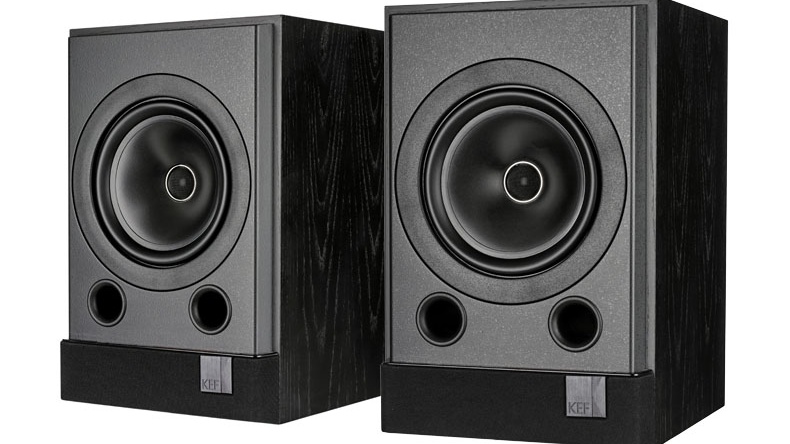
When we think of classic KEF Reference speakers of the 90s, the legendary 105/3s come to mind. These floorstanders set the hi-fi world alight with their innovative engineering and class-leading sound quality.
Hidden in their shadow was the Model 101 (pictured above), the first Reference standmounter to use the company’s clever Uni-Q driver technology. In our books that makes them rather significant in their own right.
Let’s talk about what makes the Uni-Q unusual. In an ideal world, a single drive unit would be able to cover the full audible band of frequencies, or at least enough of it to convince.
Such a driver wasn’t available back in the 1980s, and still isn’t now – not in any form that would be domestically acceptable. The Uni-Q is an attempt to get close to that ideal while still using multiple drive units.
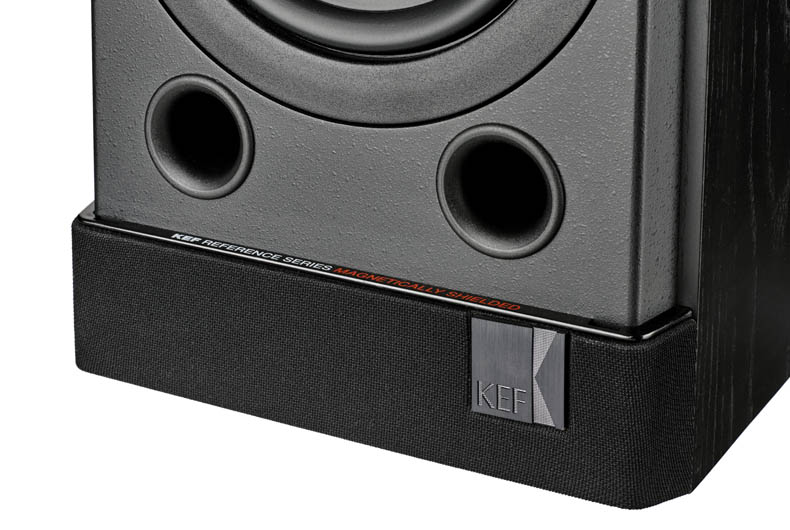
While the Uni-Q design may look like a single driver, it’s actually two drive units in one chassis, with the tweeter positioned in the throat of the mid/bass cone. The idea is to make all frequencies sound like they’re being generated from the same point, just as they would in that elusive perfect single driver.
The result of such an arrangement is consistent dispersion that makes the listening sweet spot wider than normal and makes the speaker more consistent in the way it interacts with any given room. This configuration also helps with driver integration.
However, such a two-in-one design is difficult to get right. There are hurdles, specifically in getting the tweeter dispersion to the level where the moving larger cone around it doesn’t spoil the sound. Cup your hands in front of your mouth and move them back and forth quickly as you speak and you’ll notice that the movement changes your voice.
Get the What Hi-Fi? Newsletter
The latest hi-fi, home cinema and tech news, reviews, buying advice and deals, direct to your inbox.
The position of the tweeter puts limits on its design and the type of motor system employed. Indeed, Uni-Q was only made possible by the then newly available Neodymium magnets, which are nothing less than chunks of powerful concentrated magnetism.
KEF has spent decades optimising all aspects of the Uni-Q array, trying a variety of waveguides, cone profiles, surrounds and other refinements to improve performance. If the current Reference 1 standmounters are anything to go by the company’s engineers have done a great job.
- MORE: KEF Reference 1 review
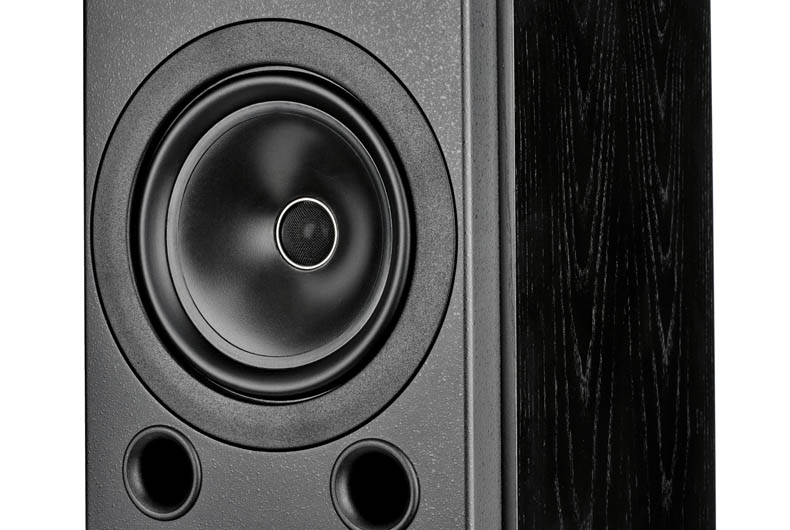
Having just finished our review of the superb Reference 1s we connect the 101/3 and are surprised at the difference in ability between the two. Even so, it’s clear both products display a healthy dose of KEFness – that balance of insight and liveability the company does so well.
It takes mere seconds to realise that the new ones are better in every respect, from clarity and detail resolution right through to dynamics and low-end reach. But let’s not get too hung up on the comparison.
Despite sharing plenty of engineering DNA, the two products are light years apart in market position – the 101/3s cost £550 in 1993, while the current Reference 1s are £5000/$7999. We would have expected something closer to triple the price. That’s a clear indication that the Reference series has moved significantly upmarket.
Even by current standards, the Model 101/3s remain admirable speakers. The Uni-Q’s excellent dispersion characteristics are obvious in the way they deliver a stable and consistent stereo image and the precision with which sounds are located. We have flexibility with our listening position, with the 101/3s delivering a stable, focused and tonally balanced sound across a wide range of seating options.
The speakers’ tonal balance is full-bodied and refined. Play an aggressive recording such as Eminem’s Bad Guy and the 101s remain smooth and listenable. They have a decent amount of low-end authority too, giving a solid foundation for the rest of the sound.
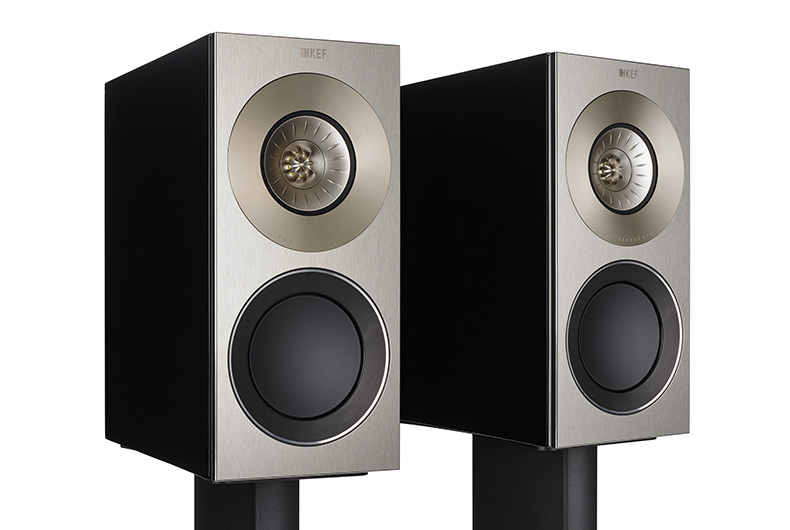
Unsurprisingly, detail levels, dynamics and precision fall short of current £500 standards, and the KEFs aren’t exactly rhythmic champions either. The company’s recent products have notably improved in this respect.
The 101s sound more at home with classical music where their sonic solidity, fine integration and refinement come to the fore. We play Stravinsky’s The Song Of The Nightingale and they deliver a strong performance that brims with control.
There’s a pleasing degree of organisation and the ability to track a multitude of instrumental strands without losing composure, or allowing the subtler themes to be overshadowed.
These aren’t the purest tonally, and have some cupped colorations through the midband in particular. It’s something that’s quite obvious with vocal-based material from the likes of The Unthanks or First Aid Kit.
KEF has worked hard over the years to make the Uni-Q design sound more transparent and it’s clear from current products that the brand has been successful in this respect.
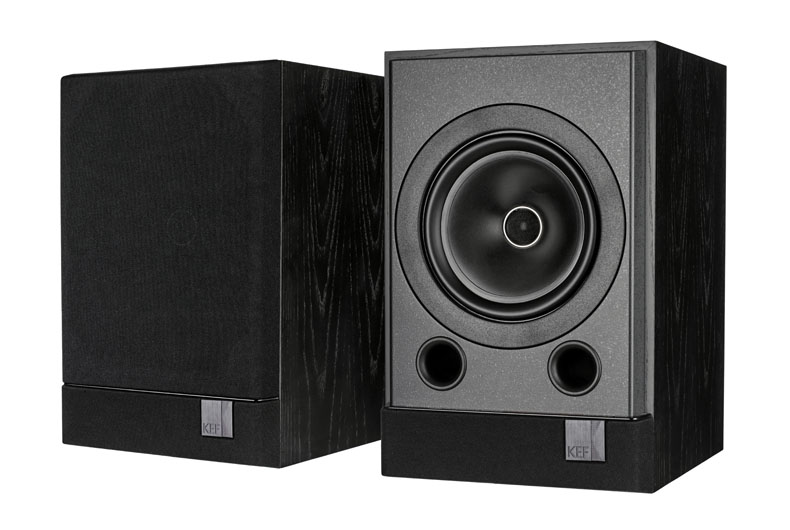
Overall, the Model 101/3s are a comfortable listen. They’re not particularly energetic and certainly round off the excitement on upbeat material. Yet, we can’t help but admire their composure, stereo imaging and terrific integration between the tweeter and mid/bass.
Build quality is excellent too, with the cabinet made and finished to a high standard. If you’re a classical music fan, or just someone that prefers a more relaxed approach to music replay, then these KEFs still have appeal.
MORE:
Welcome to What Hi-Fi?'s British Hi-Fi Week
See all our KEF reviews
What Hi-Fi?, founded in 1976, is the world's leading independent guide to buying and owning hi-fi and home entertainment products. Our comprehensive tests help you buy the very best for your money, with our advice sections giving you step-by-step information on how to get even more from your music and movies. Everything is tested by our dedicated team of in-house reviewers in our custom-built test rooms in London, Reading and Bath. Our coveted five-star rating and Awards are recognised all over the world as the ultimate seal of approval, so you can buy with absolute confidence.

